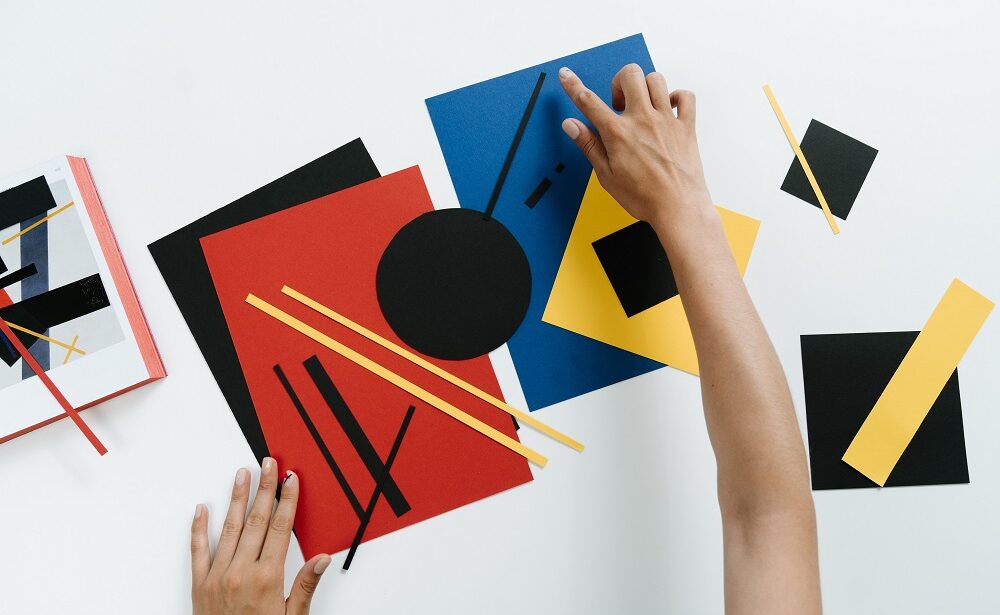Photo by cottonbro studio
The colors used in web design are not just an aesthetic choice, but can have a significant impact on the behavior and emotions of website visitors. The psychology of color in web design is an important consideration for designers looking to create effective and engaging websites. In this article, we’ll explore how different colors affect user behavior and how designers can use color to influence user perception and emotions.
Red
Red is a powerful and attention-grabbing color. It’s often used to convey a sense of urgency, excitement, or danger. Red can also stimulate the appetite, making it a popular choice for food-related websites. However, it’s important to use red sparingly in web design, as it can be overwhelming or even off-putting to some users.
Blue
Blue is a calming and trustworthy color, often associated with professionalism and authority. It’s a popular choice for corporate websites and social media platforms. Blue can also evoke a sense of security and stability, making it a good choice for financial or insurance websites. However, too much blue can also feel cold or impersonal, so it’s important to balance it with warmer colors when designing a website.
Green
Green is a natural and calming color, often associated with growth, harmony, and balance. It’s a popular choice for environmental or health-related websites. Green can also convey a sense of wealth and prosperity, making it a good choice for finance or real estate websites. However, too much green can also feel bland or unexciting, so it’s important to use it in conjunction with other colors to create visual interest.
Yellow
Yellow is a bright and cheerful color, often associated with optimism, happiness, and creativity. It’s a popular choice for websites aimed at children or for promoting creative endeavors. Yellow can also evoke a sense of urgency or caution, making it a good choice for websites aimed at warning or alerting users. However, too much yellow can also be overwhelming, so it’s important to use it sparingly.
Orange
Orange is a warm and energetic color, often associated with excitement and enthusiasm. It’s a popular choice for websites aimed at promoting action or engagement, such as sports or fitness websites. Orange can also convey a sense of affordability or value, making it a good choice for retail or bargain websites. However, too much orange can also feel overpowering, so it’s important to use it in moderation.
Purple
Purple is a regal and luxurious color, often associated with creativity, imagination, and spirituality. It’s a popular choice for websites aimed at promoting luxury or high-end products. Purple can also evoke a sense of calm and relaxation, making it a good choice for wellness or meditation websites. However, too much purple can also feel artificial or contrived, so it’s important to use it judiciously.
Black
Black is a sophisticated and elegant color, often associated with professionalism, authority, and luxury. It’s a popular choice for websites aimed at promoting high-end products or services. Black can also evoke a sense of mystery or exclusivity, making it a good choice for exclusive membership clubs or luxury vacation websites. However, too much black can also feel gloomy or depressing, so it’s important to balance it with other colors.
White
White is a clean and minimalist color, often associated with simplicity, purity, and innocence. It’s a popular choice for websites aimed at promoting clean or simple products, such as cleaning supplies or minimalist fashion. White can also convey a sense of openness or honesty, making it a good choice for healthcare or counseling websites. However, too much white can also feel sterile or uninviting, so it’s important to add other colors or elements to create visual interest.
The psychology of color in web design is a fascinating and complex subject. By understanding how different colors affect user behavior and emotions, designers can use color to create websites that are both visually appealing and effective at achieving their goals. It’s important to remember that color is just one element of web design, and that other factors such as layout, typography, and content also play a significant role in user engagement and behavior.
